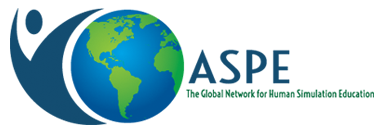Three Zones of Cultural Competency: Surface Competency, Bias Twilight, and the Confronting Midnight Zone
By: Tanisha Jowsey
Submitted by: Todd Lash, The Ohio State University
Regulatory authorities in healthcare are authorized to develop and assess the cultural competence of their professionals. There remains significant diversity on approaches to cultural competency training and assessment. Little evidence exists about whether existing cultural competency training leads to improved patient health outcomes and reductions in health disparity.
